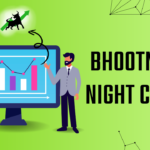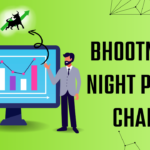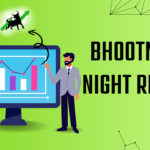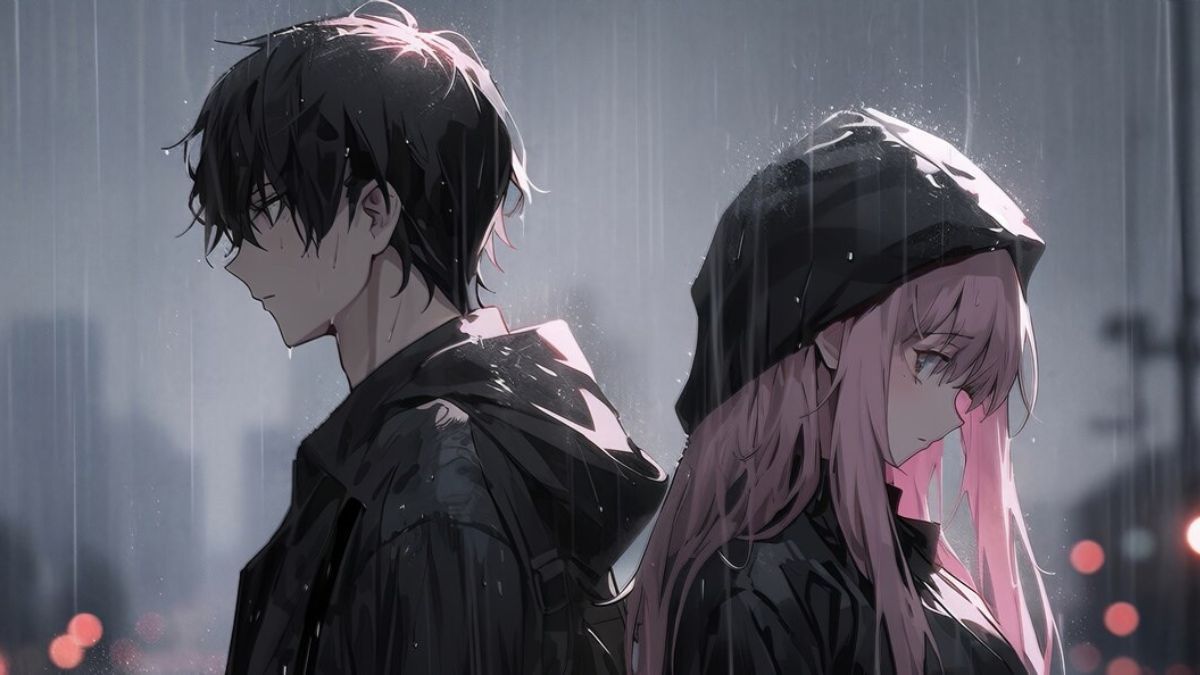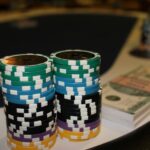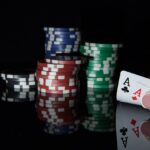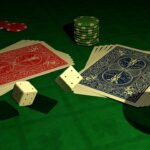Fiction is a powerful medium for exploring complex themes, and Im Being Raised by Villains 36 is no exception. This series delves into the depths of family dynamics and self-identity in ways that are both unconventional and thought-provoking. While many of us think of villains as figures of evil, this narrative challenges us to reconsider our perceptions of family, identity, and even morality. Let’s dive into what this unique story teaches us.
Introduction to the Storyline
At its core, Im Being Raised by Villains 36 presents the tale of a protagonist growing up in a household filled with notorious villains. As unusual as it sounds, the storyline captivates readers by focusing not just on the conflicts between good and evil but also on the personal journey of the protagonist, who must navigate the complexities of family and identity in such an environment.
The Complex Theme of Family in Fiction
Family Dynamics in Villain-Based Narratives
In many fictional settings, family units are portrayed as sources of love, care, and support. However,Im Being Raised by Villains 36 turns this idea on its head by making the central family figures dangerous and morally ambiguous. The series explores how this unconventional family structure affects the protagonist, who struggles to reconcile loyalty to their family with the world’s view of right and wrong.
Redefining the Traditional Family Unit
Through the eyes of the protagonist, we witness a redefinition of what it means to be a family. While the villains are far from typical caregivers, their unique brand of guidance and support reshapes our understanding of family ties. This narrative encourages readers to look beyond traditional definitions and appreciate that families can take many forms.
Identity and Self-Discovery in Im Being Raised by Villains 36
The Struggle for Personal Identity
Growing up in a world dominated by villains presents the protagonist with a profound identity crisis. The series presents the journey of discovering who they are amid constant external influences. This struggle for self-identity is something many people can relate to, even if they aren’t being raised by villains.
How Villains Shape Identity
Interestingly, the villains in the story play a critical role in shaping the protagonist’s identity. Their presence forces the character to question their own values, beliefs, and place in the world, ultimately leading to a deeper understanding of themselves.
The Concept of Good vs. Evil in Family Structures
Nature vs. Nurture Debate
One of the core themes in Im Being Raised by Villains 36 is the age-old nature vs. nurture debate. Is the protagonist destined to follow in their villainous family’s footsteps, or can they forge their own path? The story raises questions about whether morality is something innate or shaped by our environment.
How Family Environment Affects Morality
The series also highlights the impact of family environments on an individual’s moral compass. The protagonist’s exposure to the villainous lifestyle challenges their perception of what’s right and wrong, leading them to form their own ethical views.
Lessons on Loyalty and Betrayal
Exploring Family Ties
Loyalty is a recurring theme throughout the series. The protagonist is torn between loyalty to their villainous family and their personal sense of justice. This internal conflict makes for a fascinating exploration of what family loyalty truly means.
What Loyalty Means in the World of Villains
In the world of villains, loyalty is often transactional and based on self-interest. The protagonist must navigate this world, deciding whether to remain loyal to their family or forge a different path. This adds an extra layer of complexity to the narrative.
The Role of Mentorship and Parental Figures
Villains as Mentors
In many ways, the villains act as mentors to the protagonist, albeit in an unconventional manner. They provide lessons—both good and bad—that help shape the protagonist’s outlook on life and their personal growth.
Authority Figures and Their Impact on Growth
The series raises important questions about authority and guidance. Can villains be considered positive influences, despite their dark tendencies? The protagonist’s growth is deeply tied to these authority figures, for better or worse.
The Unlikely Bonds Formed with Villains
Creating Strong Relationships in Unconventional Settings
Despite the villainous setting, the protagonist forms deep bonds with their family. This challenges our traditional views of relationships, showing that strong connections can form even in the most unlikely situations.
Trust and Friendship with Villainous Characters
Trust is a delicate thing in a world of villains, but the protagonist’s journey shows that even the most untrustworthy individuals can offer companionship and loyalty when it matters most.
The Moral Gray Area: Defining Right and Wrong
Blurring the Lines of Morality
Im Being Raised by Villains 36 excels at blurring the lines between right and wrong. It forces readers to question the very nature of morality and challenges the black-and-white perceptions of good vs. evil.
Are Villains Always Evil?
The series questions whether villains are inherently evil or if they’re simply products of their circumstances. This exploration of moral ambiguity is one of the most compelling aspects of the story.
Understanding the Importance of Acceptance
Family as a Source of Strength
Despite their differences, the protagonist ultimately finds strength in their family. This shows that, no matter how unconventional a family might be, the love and support they provide can be invaluable.
Learning to Accept One’s Own Identity
The protagonist’s journey also emphasises the importance of self-acceptance. In a world filled with external expectations, the character learns to embrace who they are, regardless of their family’s villainous reputation.

Emotional Conflict: Internal Struggles and Resolutions
Balancing Villainy and Humanity
The protagonist constantly struggles to balance the villainous aspects of their upbringing with their innate humanity. This internal conflict adds emotional depth to the story, making the character’s journey more relatable.
Overcoming the Internal Battle
Ultimately, the protagonist must resolve their internal conflict, choosing which path to follow: that of their villainous family or their own personal sense of justice.
The Symbolism Behind Villainy
Villains as a Metaphor for Real-Life Challenges
The villains in the series often represent larger life challenges. They are metaphors for the obstacles we all face in life, whether it be external pressures, societal expectations, or personal demons.
What the Villains Represent in a Broader Context
By viewing the villains as symbols, readers can apply the lessons learned from the protagonist’s journey to their own lives, making the story’s themes universally relevant.
Growth and Transformation of Characters
Character Development in Villainous Settings
The character development in Im Being Raised by Villains 36 is profound. The protagonist’s journey from confusion and internal conflict to self-discovery and empowerment is a testament to the resilience of the human spirit.
How Characters Evolve in the Series
Over the course of the series, we see how the characters evolve, particularly the protagonist, who learns to navigate the complex world of villains while staying true to themselves.
Conclusion:
Im Being Raised by Villains 36 offers a fascinating exploration of family, identity, and morality. The series challenges us to rethink our views on family structures, loyalty, and what it means to find oneself in a world that seems to have no clear lines between right and wrong. Ultimately, the story teaches us that no matter where we come from or who raises us, we have the power to shape our own identities and decide our own paths.
FAQs
1. What are the main themes in Im Being Raised by Villains 36?
The main themes include family dynamics, self-identity, morality, and the concept of good vs. evil.
2. How does the series handle the concept of family?
It challenges traditional family structures by presenting villains as caregivers, showing that family is more about connection than convention.
3. Is the portrayal of villains meant to be literal or symbolic?
The villains can be seen both literally as characters and symbolically representing real-life challenges.
4. What lessons can be learned about identity from this series?
The series teaches us that identity is fluid and shaped by personal experiences rather than external expectations.
5. Can villains be seen as positive influences in the story?
Yes, despite their villainous nature, they act as mentors and guides, providing valuable lessons in the protagonist’s development.




